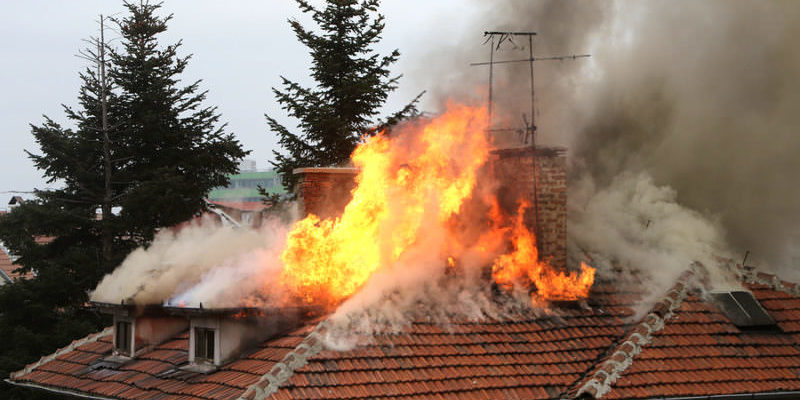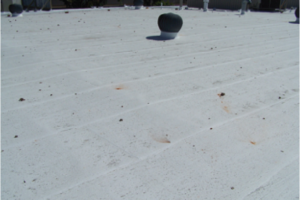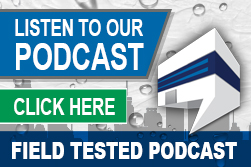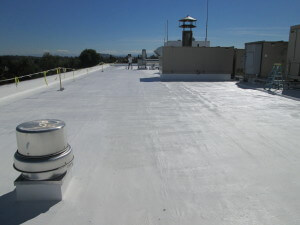
WHAT YOU NEED TO UNDERSTAND ABOUT FIRE RATINGS.
Summer is officially here. Along with all the summer fun, comes the heat and a higher potential for fires, and while it is impossible to predict exactly when and where the next fire will happen, being prepared is a must. As a roofing professional you need to ensure your roofs meet certain standards to protect the building and its occupants. In this post, we will look at what fire ratings mean, how they are assigned, and why you should understand them so that you are not fooled by confusing verbiage and marketing gimmicks.
Roof systems are rated from the highest degree of fire resistance designated as Class A; Class B being slightly inferior and Class C falling below that. It’s also worth noting that some roof assemblies are “unrated” which means they don’t meet any of the requirements of any of the above classes.
The American Society for Testing and Materials (ASTM) E108 uses methods and procedures for testing the resistance of roof coverings to fire sources outside the building on which the roof coverings are installed. This test applies to roof coverings on either combustible or noncombustible decks where the roof coverings are installed. The ratings are achieved with realistic fire tests and only apply to the actual roof coverings, not the rest of the roof components. Some building types, such as public buildings like schools or hospitals, may require a Class A rating, whereas other structures might only need to meet a B or C rating.
WHAT COMPONENTS ARE TAKEN INTO CONSIDERATION WHEN DECIDING A FIRE RATING?
The roof coating is just one component in the fire rating of a roof assembly. Other components include:
- Slope
- Substrate
- Whether the roof deck is combustible
- Type of insulation.
These factors as a whole will determine the roof system’s fire rating. Another important consideration is that the products are installed correctly and to manufacturers’ specifications.
Using products such as SureCoat and StrucSureCoat, which pass ASTM E108 and E84 for flame spread, can support your company’s efforts to meet and exceed fire requirements for most if not all of your roofing and wall projects, giving you peace of mind while saving you money on labor, material costs and allowing you to work between storms in the rainy season and working in colder weather.

The roof above was in the path of a recent 4th of July celebration. The wrong roof assembly could have potentially turned into a fire, but on this SureCoat roof, the only damage was the remnants of fireworks littering the roof. No fires here!
As an added benefit, SureCoat and StrucSureCoat have a higher reflectivity, reducing energy costs, and lowering the interior temperature in areas where office and warehouse personnel, computers or other temperature-sensitive equipment are kept.
For more information on our products’ codes and approvals call 877 823-7873 or visit Surecoatsystems.com.




